Religious violence: Introduction
In recent decades there have been many events that seem to link religion and violence – for example, the ‘Troubles’ in Northern Ireland in the later twentieth century, the 9/11 attacks of 2001, the activities of ISIS in Iraq and Syria, and recurrent communal violence between Hindus and Muslims in India. It is also likely that the situations that engender such violence will persist, and new ones may arise in the future.
A key question though is how far is such violence really about religion? This article and video explore this problem, suggesting some ways in which we can look at particular situations of violent conflict to reach a balanced view of the role of religion. Such thinking is important for our times if we are to avoid stereotyped generalisations such as ‘religion causes violence’ or defensive claims such as ‘my religion does not sanction violence’.
Learning Outcomes
After exploring the topics in this article and video, you should be able to:
- Think critically about claims that religion was (or was not) the cause of a particular act of violence
- Understand that religious attitudes to violence are complex and varied
Being literate about religion and violence
In the video below, I discuss the connections between religion and violence – with the Northern Ireland case particularly in mind – and show how religious identities are often intertwined with other cultural, political, social and economic factors. The video emphasises the need to find a ‘middle way’ in understanding complex situations and, while acknowledging that religion may well still be a relevant factor, not just assume a simple link between religion and violence.
Testing the role of religion in violence
You’ll now explore the issues further, thinking in particular about how the balanced ‘middle way’ I propose in the video can be purused. The following six considerations are ones to bear in mind when looking at the role of religion in any particular situation.
1. Recognise that religion is pervasive but mixed up with other issues.
Religion may be a more conspicuous in some cases than in others, but should never be discounted. Conflict situations are prone to draw out fundamental beliefs that may lie dormant in peacetime. For example, the long-running Israel-Palestine conflict, initially arose from the territorial and refugee issues that accompanied the formation of the state of Israel in 1947. Yet in recent decades, it has increasingly acquired a religious dimension.
On the other hand, religion cannot be easily separated out as a factor from other forces in culture and society. When historians analyse the so-called ‘wars of religion’ in sixteenth and seventeenth century Europe, they highlight a range of economic and political factors alongside the religious ones. The persistent violence in contemporary Afghanistan is fuelled as much by tribalism and the drug trade as by religion. Hence judgements about the role of religion in causation are complex ones.
2. Bear in mind that religious labels are often misleading.
It can sometimes be a convenient shorthand to use religious labels for the two sides in a particular conflict: for example ‘Catholic’ v ‘Protestant’ in Northern Ireland, ‘Christian’ v ‘Muslim’ in Nigeria, ‘Sunni’ v ‘Shi’a’ in Iraq, ‘Buddhist’ v ‘Hindu’ in Sri Lanka. The use of such labels, should not, however, be taken as implying that religious difference in itself is necessarily a primary cause of the conflict in question. Many other factors may be at work, such as national and cultural tensions, and economic challenges and inequalities. We should avoid using religion to explain too much.
3. Do not assume clear-cut links between texts, beliefs and actions.
All major religions have texts and traditions that justify or even require violence under certain circumstances and conditions, but these are carefully circumscribed in practice. For example, the Old Testament book of Joshua (chapter 6, verse 21) states that after the Israelites captured Jericho, they ‘destroyed with the sword every living thing in it’, but mainstream Christians and Jews would see that text in its historical context and not as a justification for genocide in later times. Both Islam and Sikhism originally emerged in contexts of conflict, where believers were both exposed to violence and had to use it in self-defence. If a present-day adherent resorts to violent action, it may sometimes be in spite of rather than because of his or her religious beliefs. And when a religious sanction for violent action is claimed, it may well arise from an eccentric rather than mainstream interpretation of the tradition. For example, the Norwegian mass murderer Anders Behring Breivik claimed to be ‘100 per cent Christian’, but the overwhelming majority of Christians would disown the ideology that he used to legitimise his killing of 77 people in July 2011.
![The Shaolin Temple in China belongs to the Chan [Zen] Buddhist tradition and has been strongly associated with martial arts.](https://www.open.edu/openlearn/pluginfile.php/3281823/tool_ocwmanage/articletext/0/Picture2.jpg?time=1662557432601) The Shaolin Temple in China belongs to the Chan [Zen] Buddhist tradition and has been strongly associated with martial arts since the 17th or 18th centuries, although the temple dates from the fifth century.
The Shaolin Temple in China belongs to the Chan [Zen] Buddhist tradition and has been strongly associated with martial arts since the 17th or 18th centuries, although the temple dates from the fifth century.4. Recognize the specificities of particular religions and groups within them.
For example, the starting point for Christians is just war theory, which sanctions violence to defend innocent life and uphold justice and essential moral principles. It was on this basis that, for example, Britain went to war with Germany in 1914 as a result of the latter’s violation of Belgian neutrality. The then Archbishop of Canterbury, Randall Davidson, wrote of an ‘assured conviction’ that ‘for men who desire to maintain the paramount obligation of fidelity to plighted word, and the duty of defending weaker nations against violence and wrong, no possible course was open but that which our country has taken.’ Such principles can also be used to justify violent opposition to oppressive regimes, as in the decision of the leading Lutheran theologian Dietrich Bonhoeffer to support the planned assassination of Hitler, and in the anti-apartheid struggle in South Africa. However, because Christians take their inspiration from Jesus, who suffered crucifixion rather than retaliate against his oppressors, there is also a strong tradition that willing acceptance of death, as subsequently exemplified by Bonhoeffer, is a more appropriate response to aggression than violent defensive action. Moreover, the most effective and inspirational Christian opponents of apartheid – notably Trevor Huddleston, Desmond Tutu, and Nelson Mandela after his release from prison – adopted non-violent methods. For Muslims the starting point is jihad, the struggle to maintain and promote the faith, which can also be entirely peaceful, but sanctions violence as a last resort, when it is believed that this is the only way that Islam can be secured.
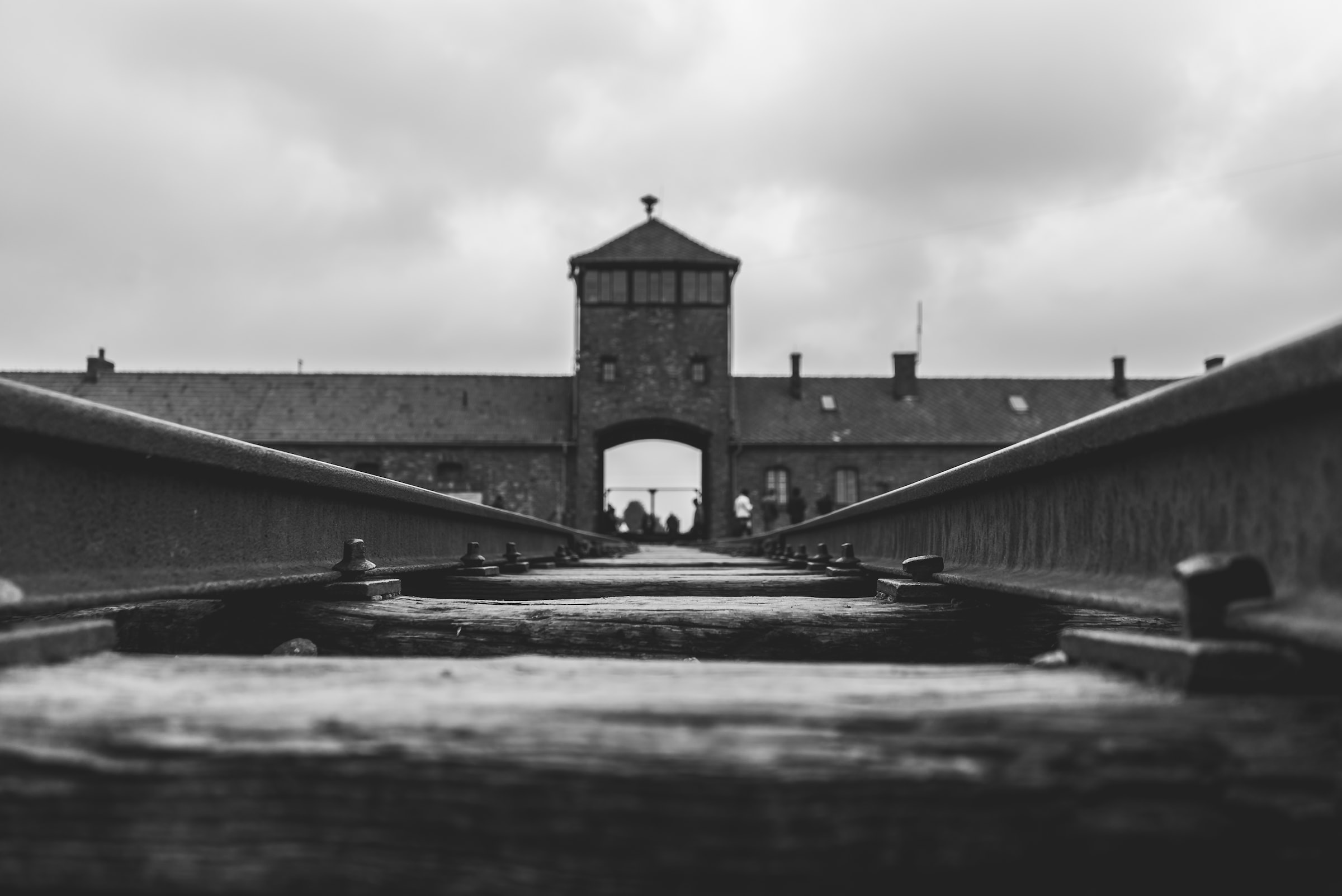 Auschwitz concentration camp.
Auschwitz concentration camp.
5. Religious violence should be considered alongside secular and state-sponsored violence.
Historically, some of the most extreme cases of violence were perpetrated by avowedly secular regimes, notably the French revolutionaries of the Terror of 1793–4, when tens of thousands of people were either executed or murdered, and in Stalin’s Soviet Union, where the death toll is estimated in the tens of millions. Historians differ in the extent to which they judge the Christian churches of sharing responsibility for the Nazi Holocaust of European Jewry, but their failing is usually perceived to have been one of passivity rather than active complicity. It is, however, when religion and nationalism become aligned that the potential for violence is greatest, all the more so when that alignment is fostered by a state for its own political purposes, as it did in Franco’s dictatorship in Spain (1936–75), which claimed the support of the Roman Catholic Church.
 Rev Harold Good (left) and Father Alec Reid acted as witnesses for the decommissioning of IRA weapons.
Rev Harold Good (left) and Father Alec Reid acted as witnesses for the decommissioning of IRA weapons.
6. Bear in mind that books and articles are more likely to report violence than peacebuilding.
Both historians and journalists tend to highlight violence because it grabs attention and demands explanation, whereas patient peacebuilding work of its very nature is much less visible, precisely because its success lies in preventing overt conflict. In order to develop a balanced perspective, look out for the ‘good news’ stories about religion as well as the ‘bad news’ ones. For example, Christians, Jews and Muslims are all active in peacebuilding initiatives in the Middle East. Although the institutional churches in Northern Ireland struggled to transcend community divisions, individual Christian leaders, such as the Catholic Alec Reid and the Methodist Harold Good who oversaw the decommissioning of paramilitary arsenals, played crucial roles in the peace process. Contemporary Muslim leaders who advocate violence are liable to receive more exposure in the Western media than moderates such as Ahmed El-Tayeb, the influential Grand Imam of Al-Azhar (Cairo), who condemns ISIS, opposes the Muslim Brotherhood, advocates peaceful coexistence with Egypt’s Coptic Christians, and has warm relations with Pope Francis.
Conclusion
Much ‘religious’ violence, like violence of any kind, is rooted in misunderstanding and fear of people who seem different, giving rise to the impulse to strike first so as not to be caught unawares. Hence everyone has a responsibility to cultivate and promote a basic religious literacy that accepts and understands people as they are and does not, for example, see a terrorist hiding beneath every burqa or suspect every Catholic priest of being a paedophile. Such hostile stereotyping risks making those who are the objects of it feel vulnerable and can even provoke the very violence its proponents claim to be wanting to avoid.
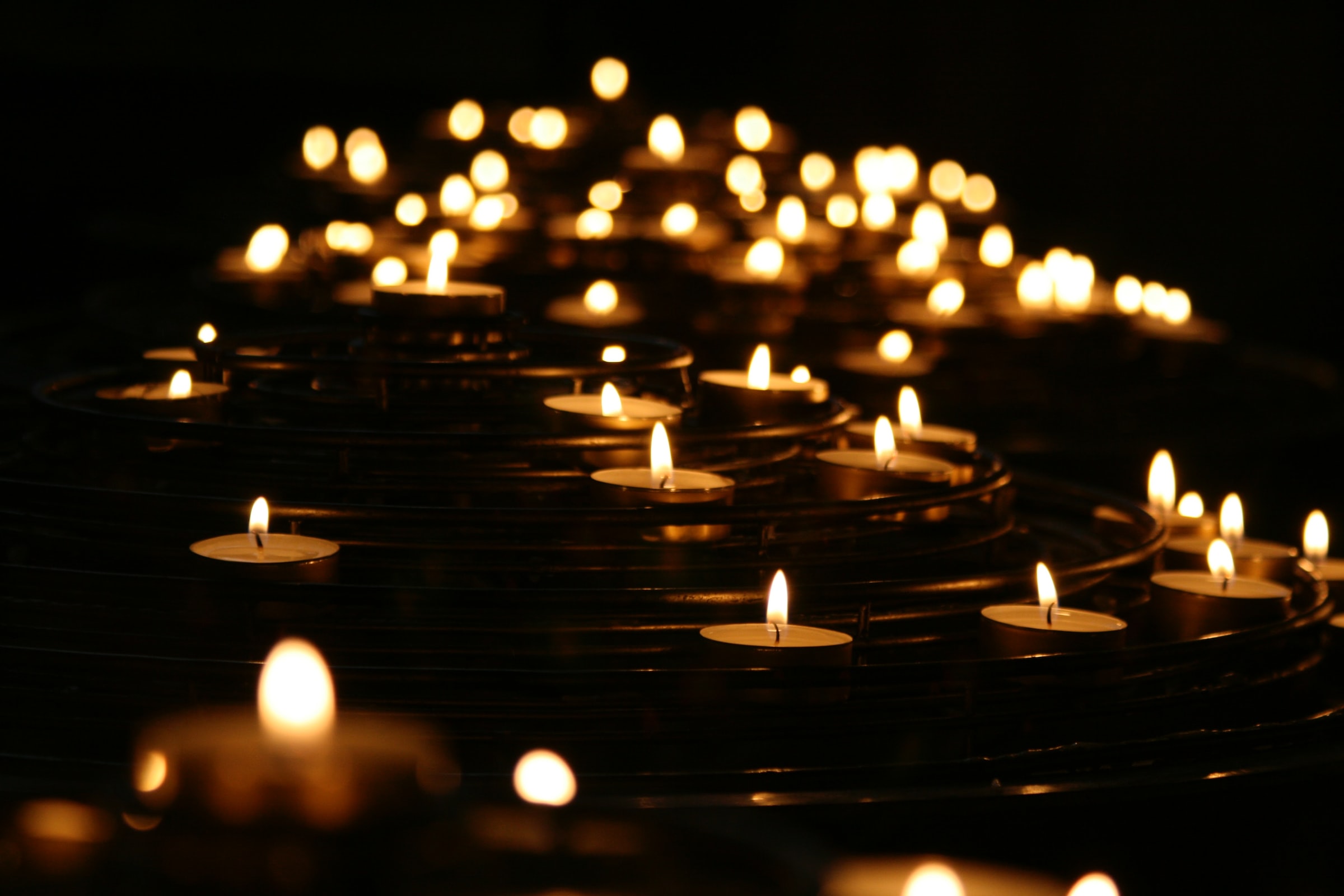 Lighted candles are used in rituals of remembrance and prayer in many different religious traditions.
Lighted candles are used in rituals of remembrance and prayer in many different religious traditions.
It is also important to explore the other side of the coin, that is the successful coexistence of diverse religious groups in peaceful tolerant societies. There is a widespread perception that such arrangements are rare and have only become possible in the recent past. However, there are historic examples, such as India under the sixteenth-century Mughal emperor Akbar or the American state of Rhode Island, founded in the seventeenth century on principles of religious toleration.
[1] Andrew Berwick (pseudonym of Anders B. Breivik), A European Declaration of Independence (London: self-published 2011), p. 1393.
[2] Quoted G.K.A. Bell, Randall Davidson (2 vols, London: Oxford University Press, 1935), ii.742.
Over to you
- Discuss: Religion is implicated in many different wars. What is the best way to understand this?
- Can you think of other examples of religions working for reconciliation and peace?
- Research some examples of historical context where religion played a role in both violence and in promoting toleration. You could consider the extent to which one or more of the ‘Points for Consideration’ is relevant to your example.
- A good place to start for researching the role religion has in promoting toleration and contributing to violence is the website of the recent research project Religious Toleration and Peace.
- You can learn more about this is another Open Learn short course ‘Young People and Religion: Creative Learning with History’.
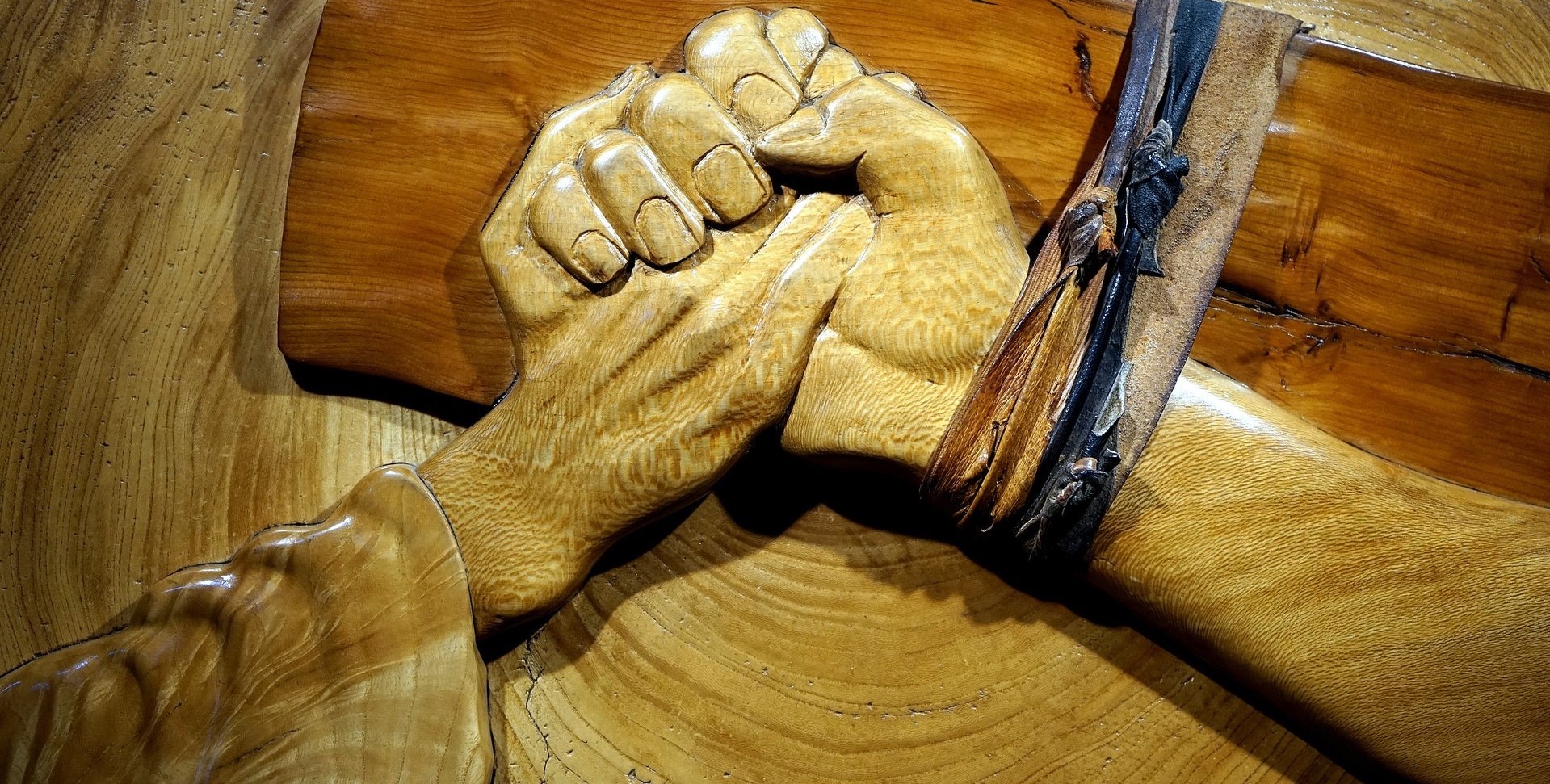
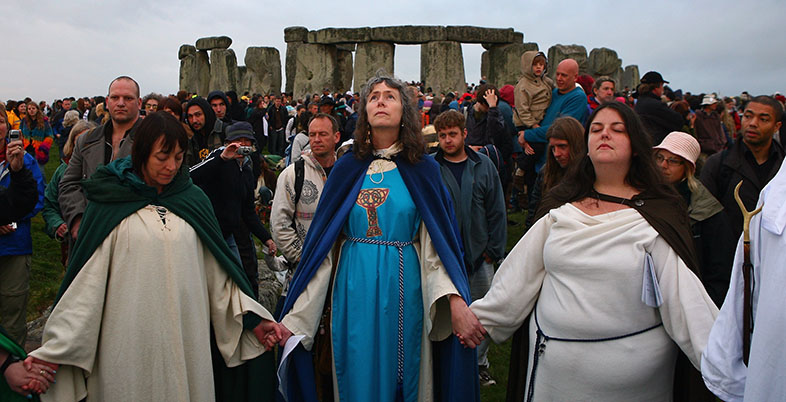
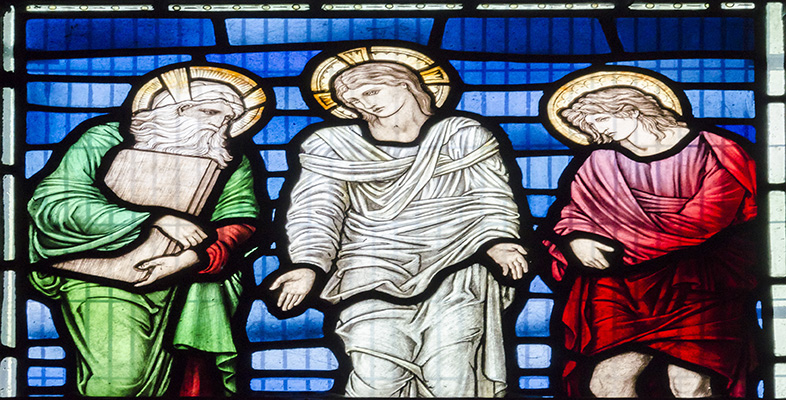
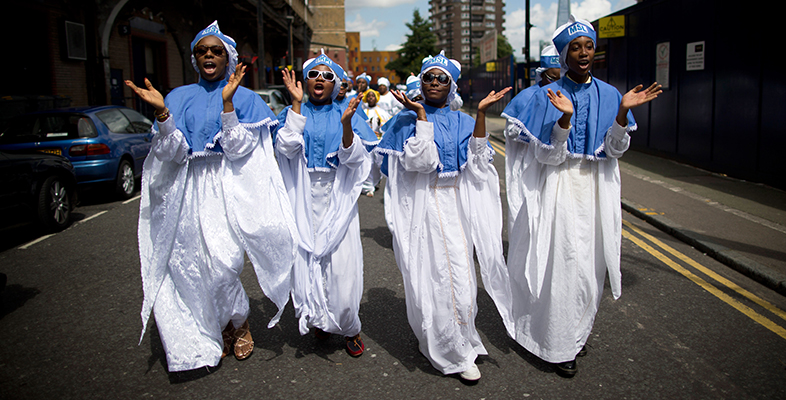
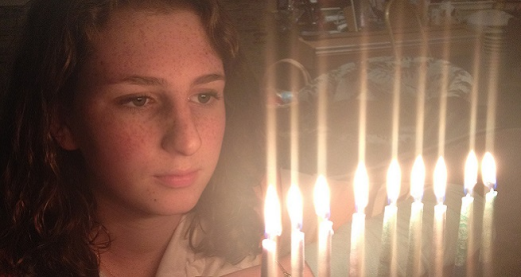

Rate and Review
Rate this video
Review this video
Log into OpenLearn to leave reviews and join in the conversation.
Video reviews